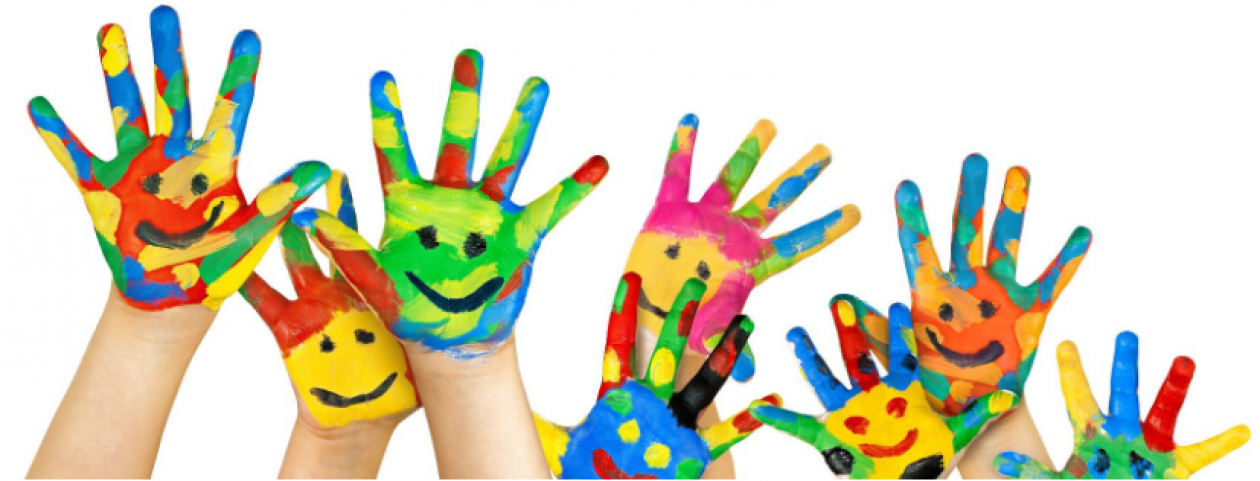
Make this fascinating substance that is both liquid and
solid all at once and you’ll have yourself endless hours of
multi-sensory messy play.
What you need:
• Corn flour
• Water
• Food colouring
What to do:
1. Mix together 2 parts corn flour to one
part water with a few drops of food
colouring. Here your children can learn about
colour mixing, counting and measuring,
using tools, collaboration, and more.
2. You’ll now have a slimy substance that
goes solid when you apply hard pressure
and is more liquid when you apply less.
3. The children can explore the way the goo
feels and moves, and understand ideas
like cause and effect. For example, when
they hit the goo fast it will be hard while
it will turn to liquid when they move
more slowly.
4. You can also practice language skills as
they describe the texture, look, and smell
of the goo, and you can develop fine motor
skills by hiding objects in it.
5. CLEAN UP ADVICE – You don’t want to
just pour everything down the sink and
clog up your drains. Wash little hands
and tools in a big bowl and then leave
overnight. Eventually, the corn flour will
settle to the bottom and you can pour
the water from the top down the sink
and the corn flour straight into the bin.










